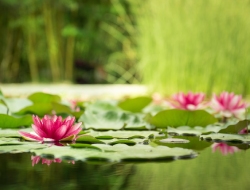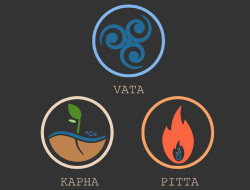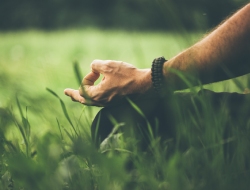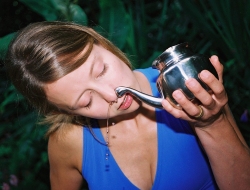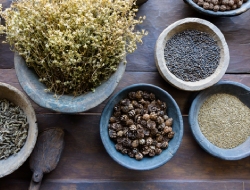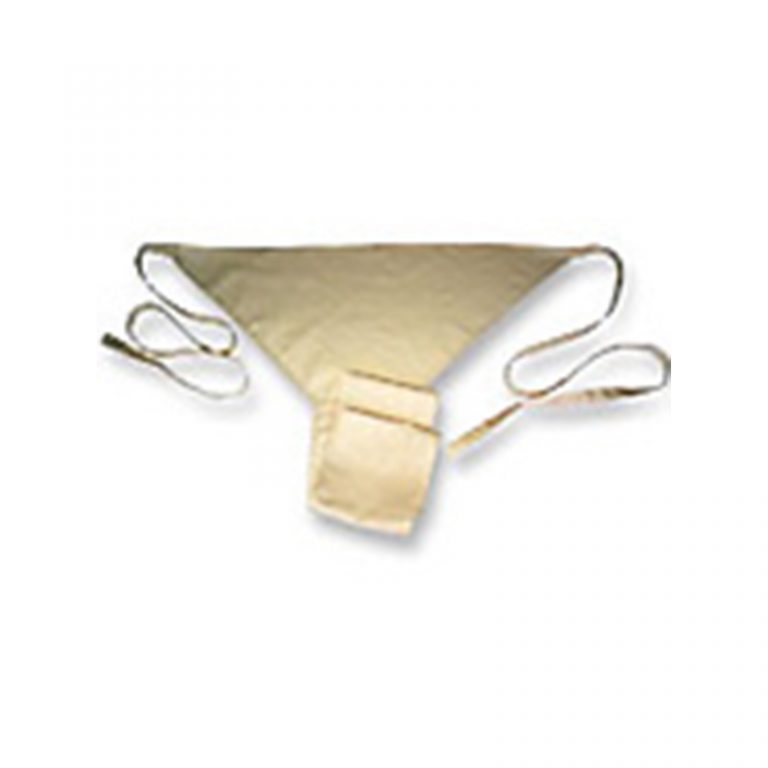Benefits Of The Rudraksha-Mala
The Rudraksha is a tree that grows extensively from the foothills of the Himalayas to South-East Asia, Indonesia, Australia and Hawaii. Legend has it that the Lord Shiva (‘Rudra’) once opened his eyes after a long period of meditation and shed a tear (‘aksha’ = eyes). This tear is reputed to have grown into the Rudraksha tree. The seeds of the tree have long been used in traditional Indian medicine, particularly to treat high blood pressure, but by far the most common use is in the production of ‘malas’ – rosaries which are worn as a garland for protection, and also as an aid to meditation.
A Rudraksha-mala can be worn around the neck or held between the thumb and the ring finger while chanting the mantra. In the latter case vibrations will be felt anywhere in the body and both neuron cells and heartbeat are affected. Research has not yet been able to explain the mechanism by which this happens but the rudrasksha would appear to have strong electromagnetic properties. This makes it particularly powerful in chanting the Mantra.
The Rudraksha seeds come in sizes from 3mm. to 40 mm., but the smallest are the rarest and most commonly used in Mantra. The seeds have variable numbers of faces (‘mukhi’) ranging from 1 to 21, the most popular being the five-faced rudraksha, as this is supposed to represent the five faces of Shiva.
For anyone practising Mantra the use of a Rudraksha-mala will greatly enhance and speed up the process, and they will frequently experience additional benefits, such as release from stress and anxiety as well as greatly improved concentration.
Two different sizes of Rudraksha-Mala are available from our online store, the smaller having 28 beads and the larger 108, the beads being the size of black peppers. Both sizes are five-faced.

*Discover holistic healing with a complimentary phone or video consultation from our expert Ayurvedic practitioner. Start your path to better health today!*
